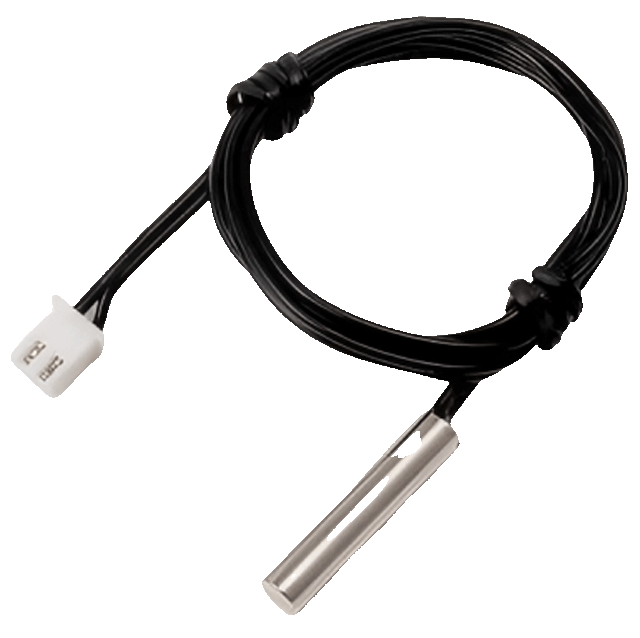
Our Surge Suppressor Thermistor is a critical component for protecting electronic systems from voltage spikes and transients. These thermistors are designed to absorb excess energy, preventing damage to sensitive components. With our advanced manufacturing techniques and rigorous testing protocols, we ensure that each thermistor meets the highest standards of quality and performance. By choosing Jaron NTCLCR, you invest in a product that not only safeguards your electronics but also enhances their operational lifespan, making it a smart choice for manufacturers and engineers worldwide.

